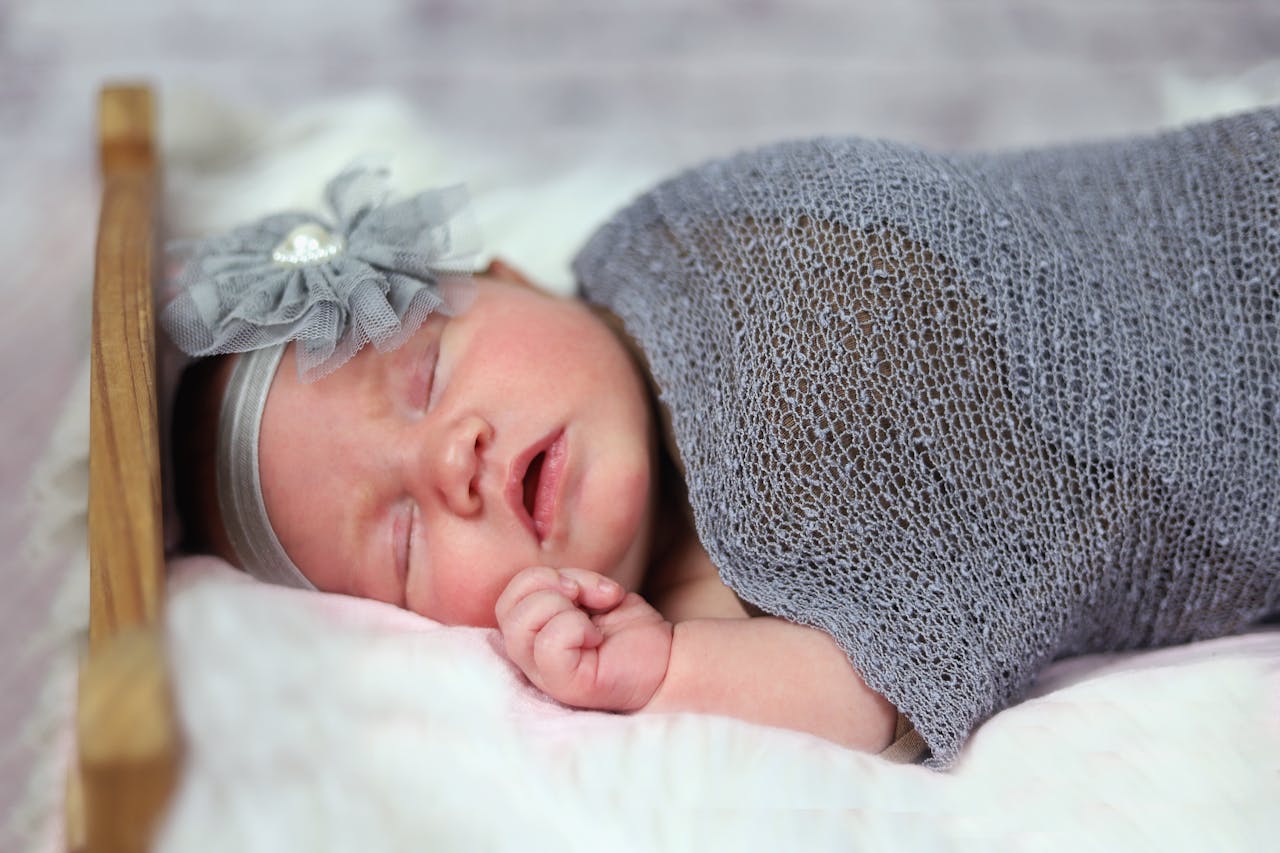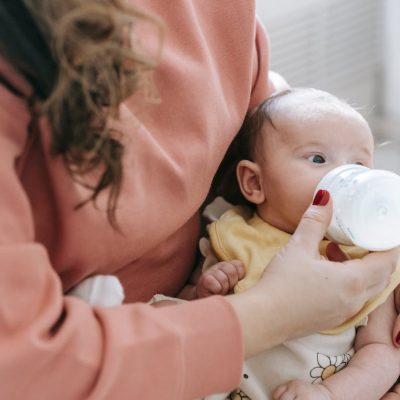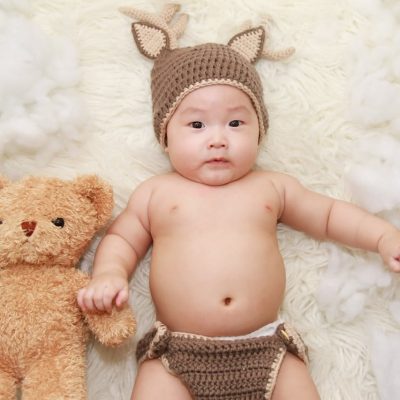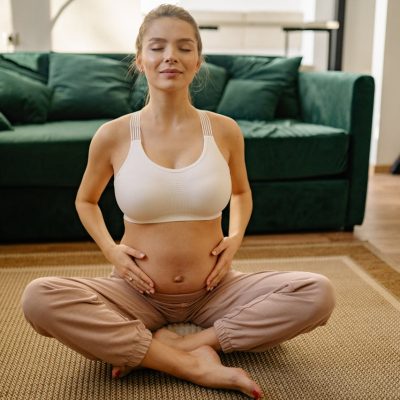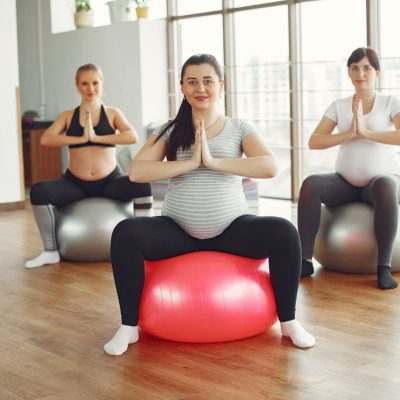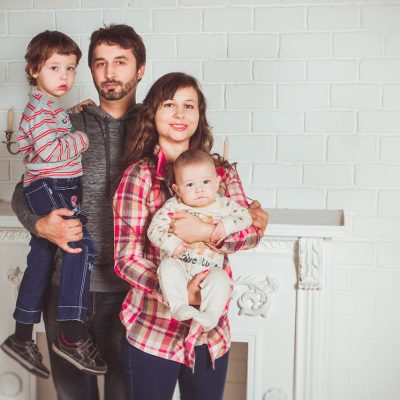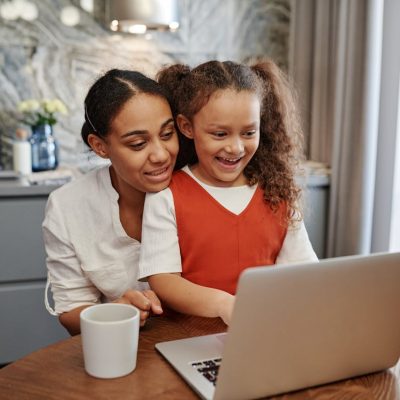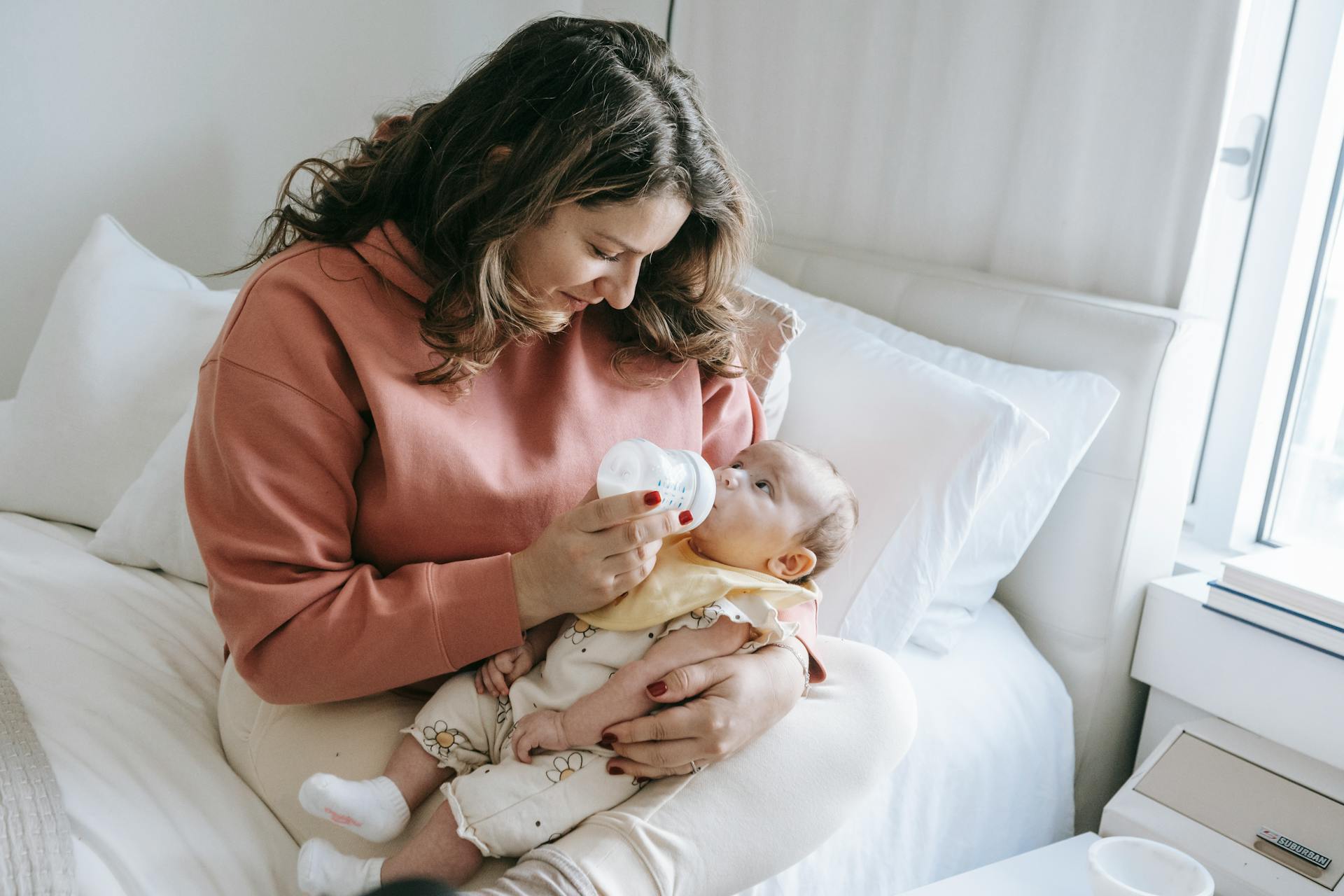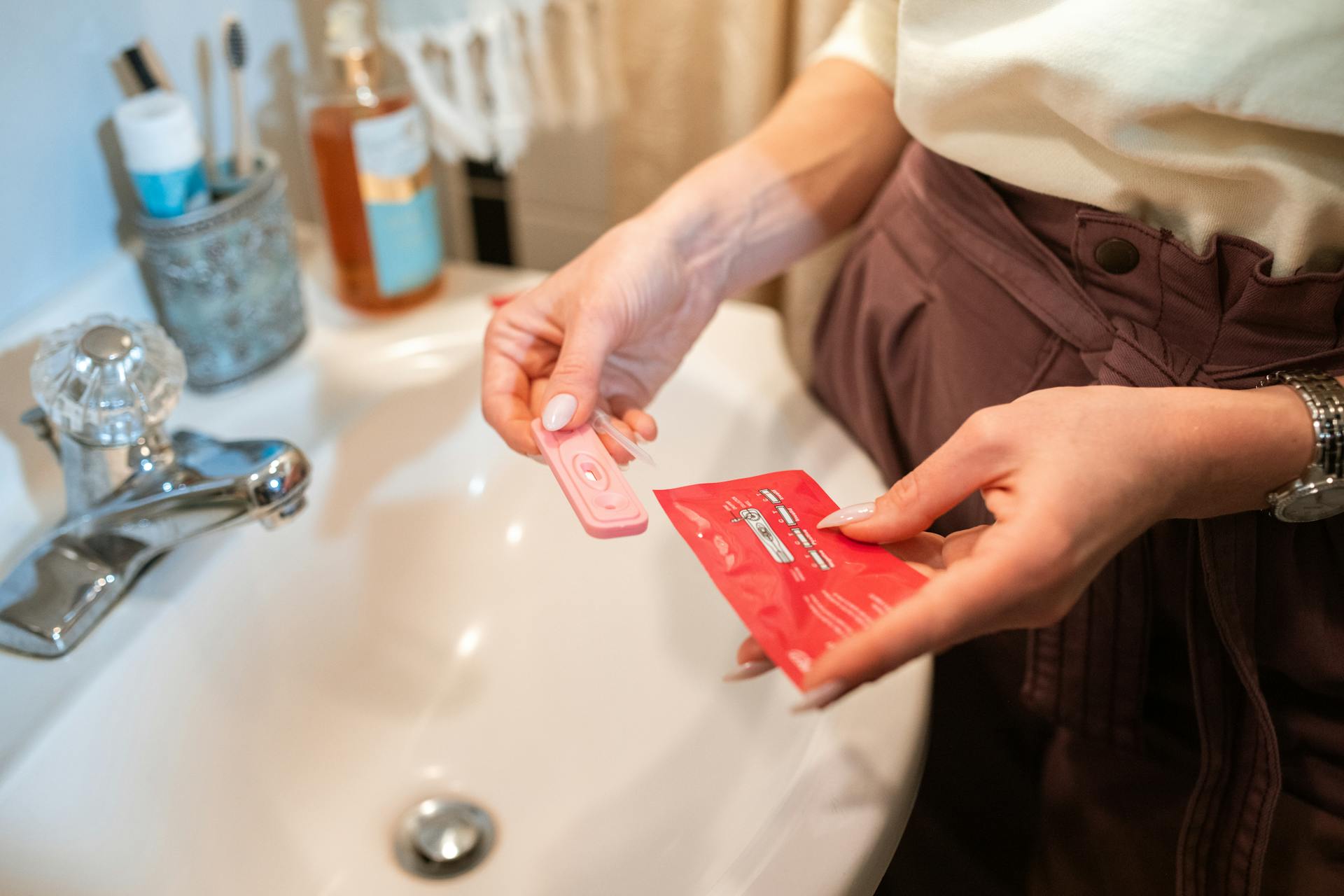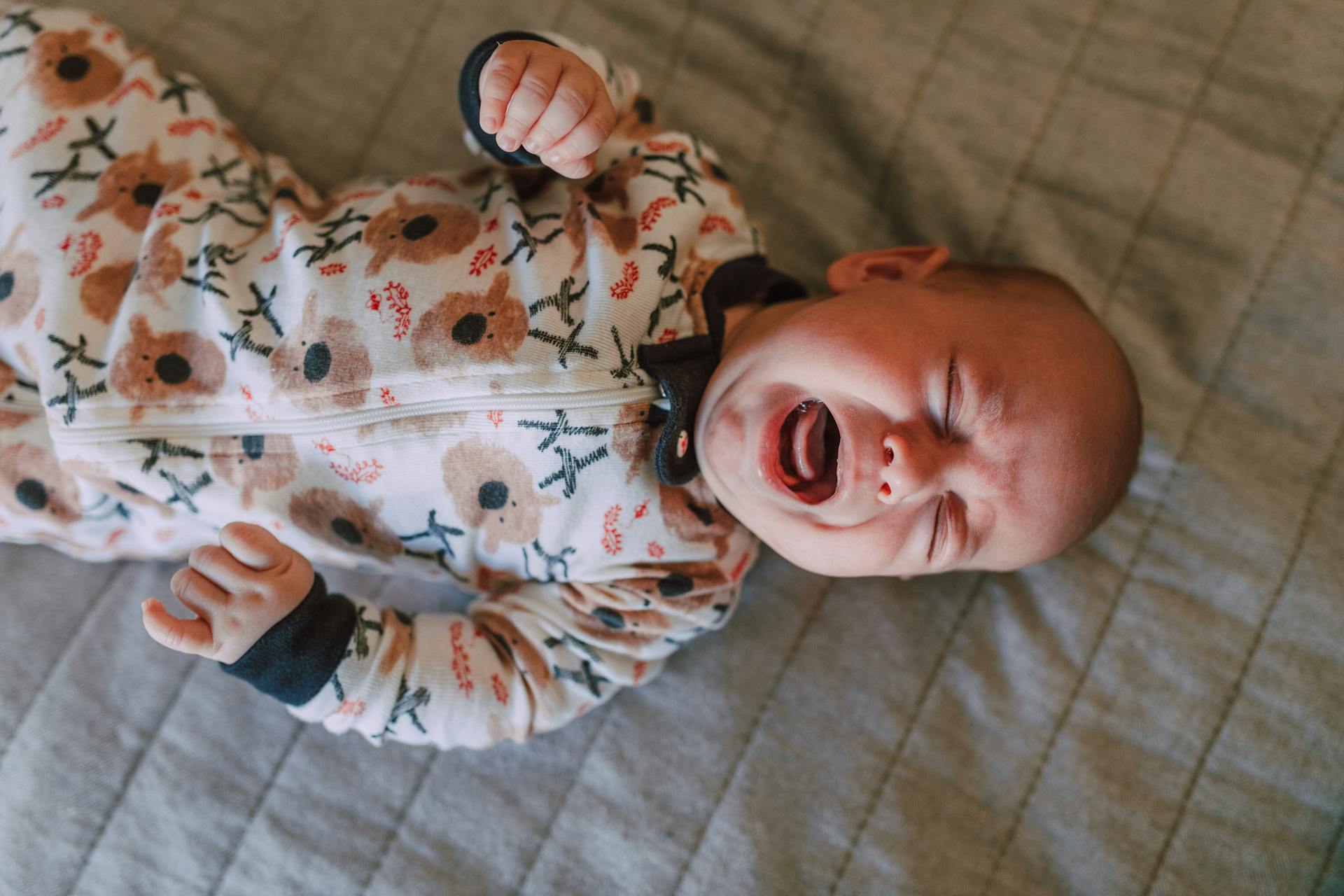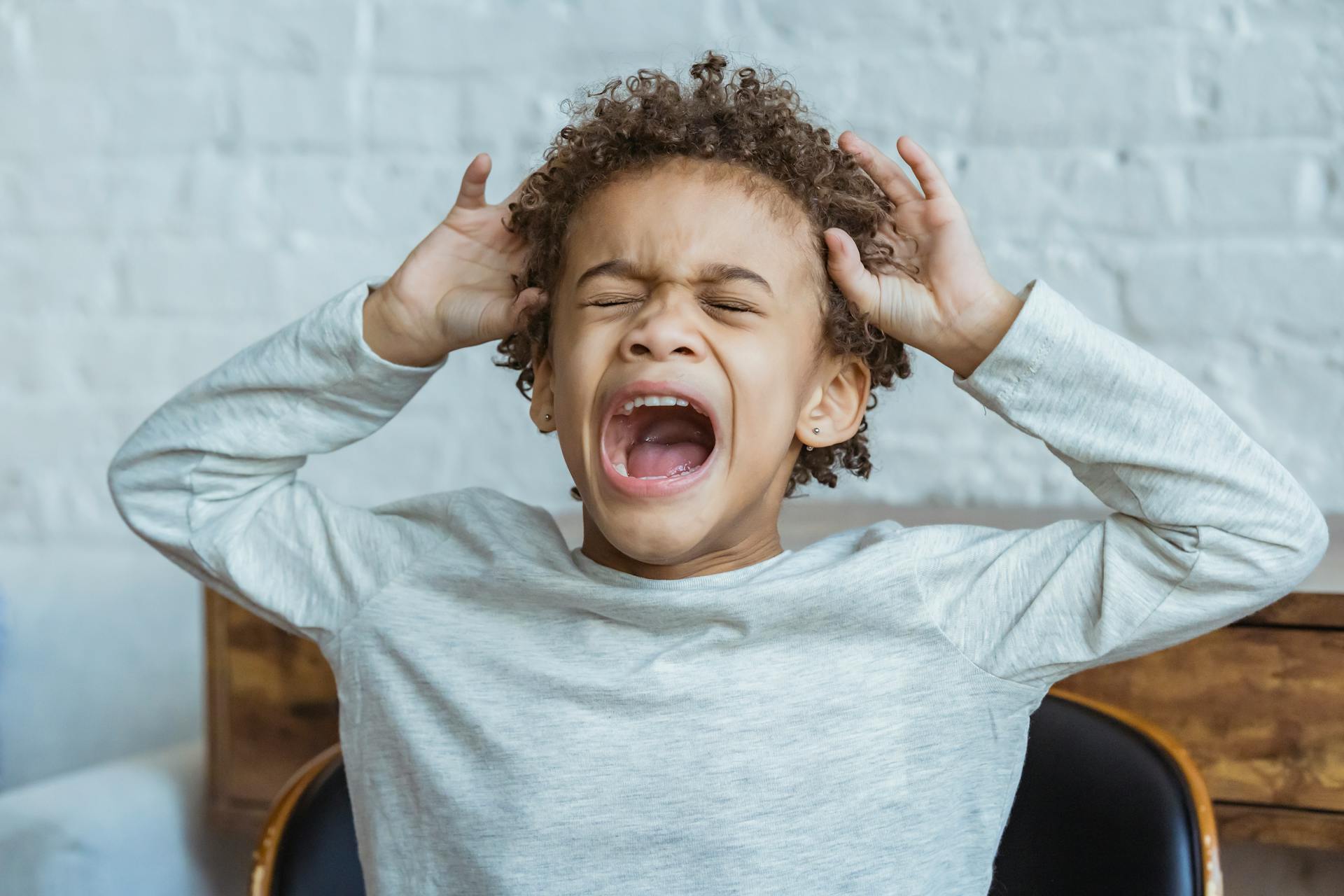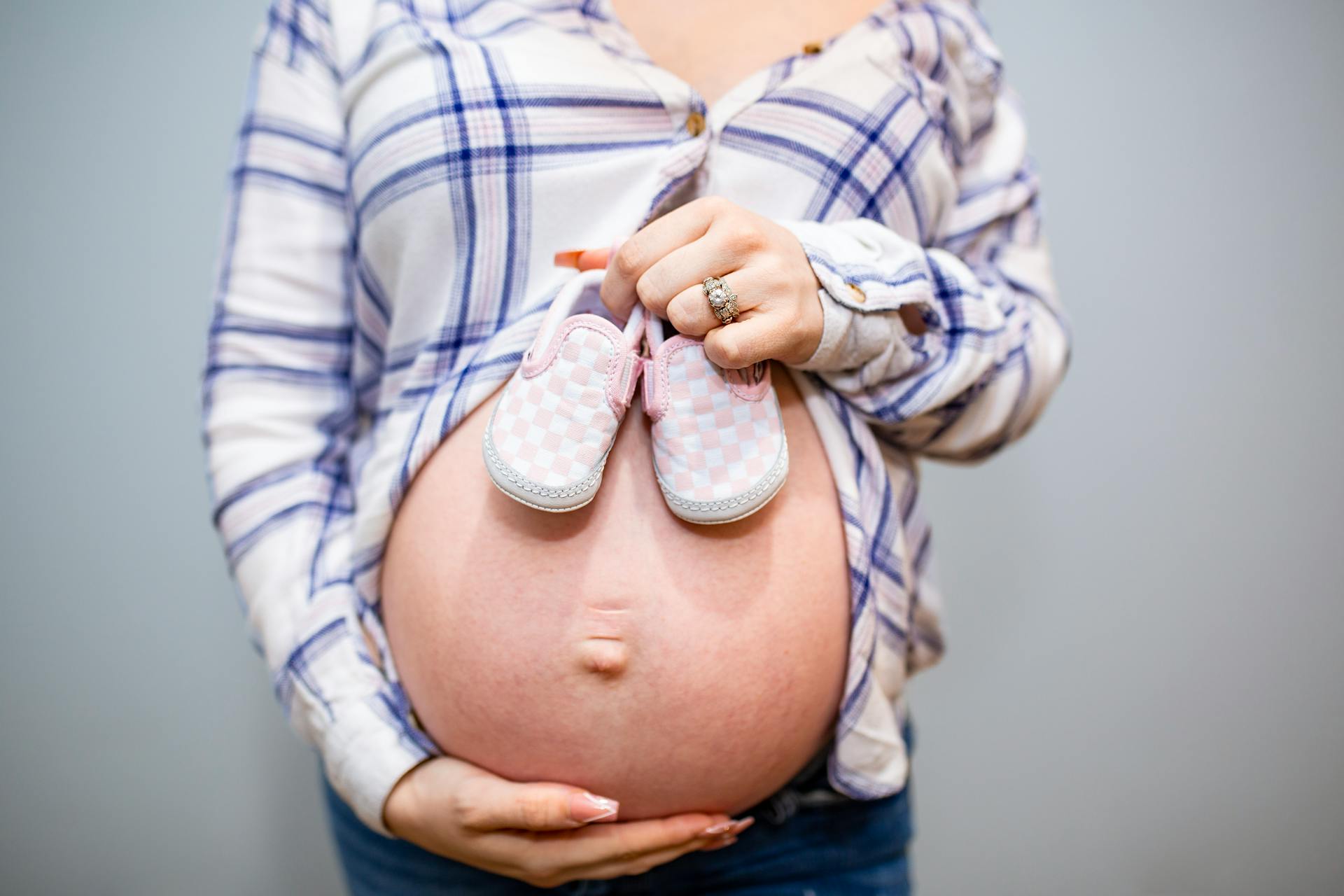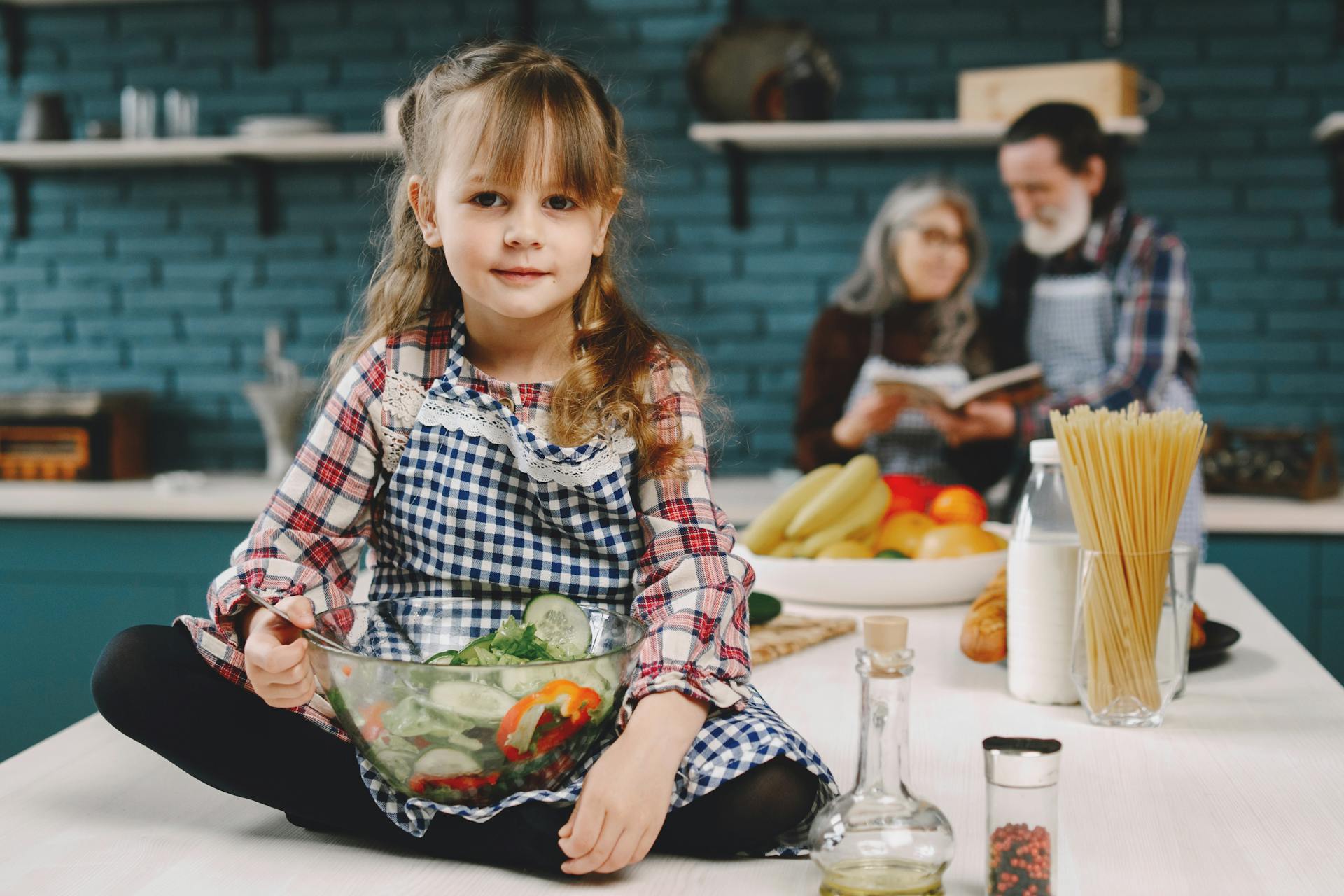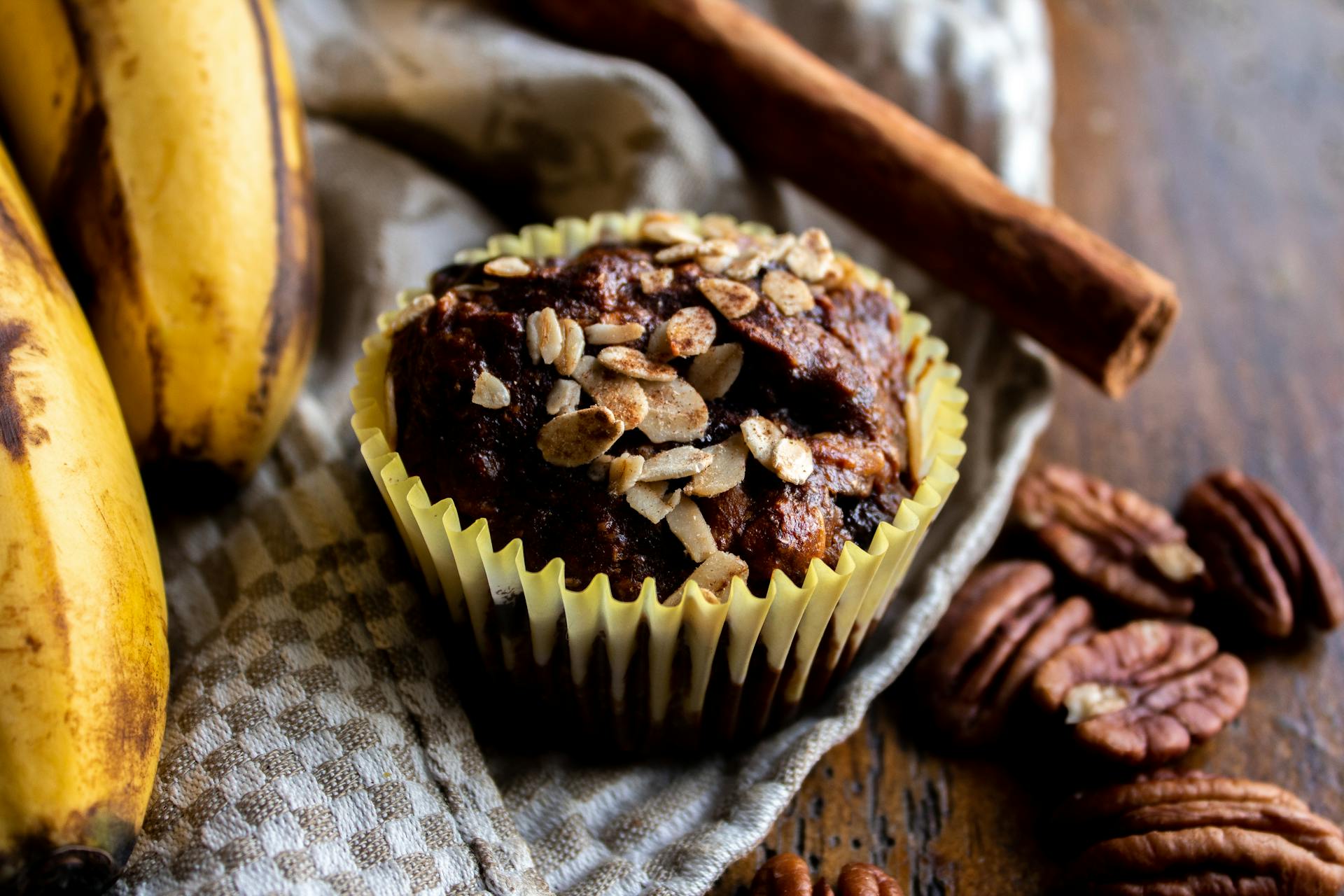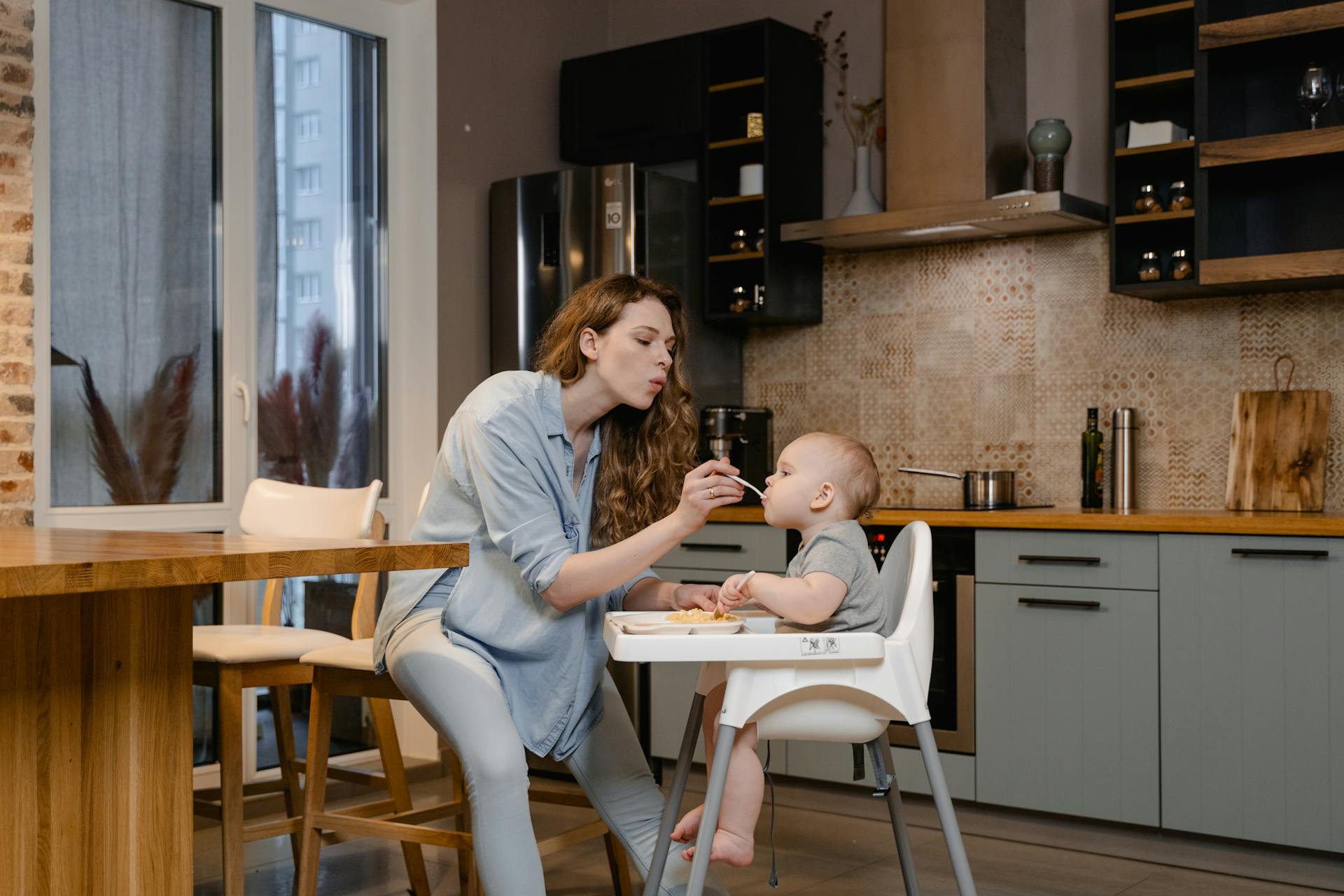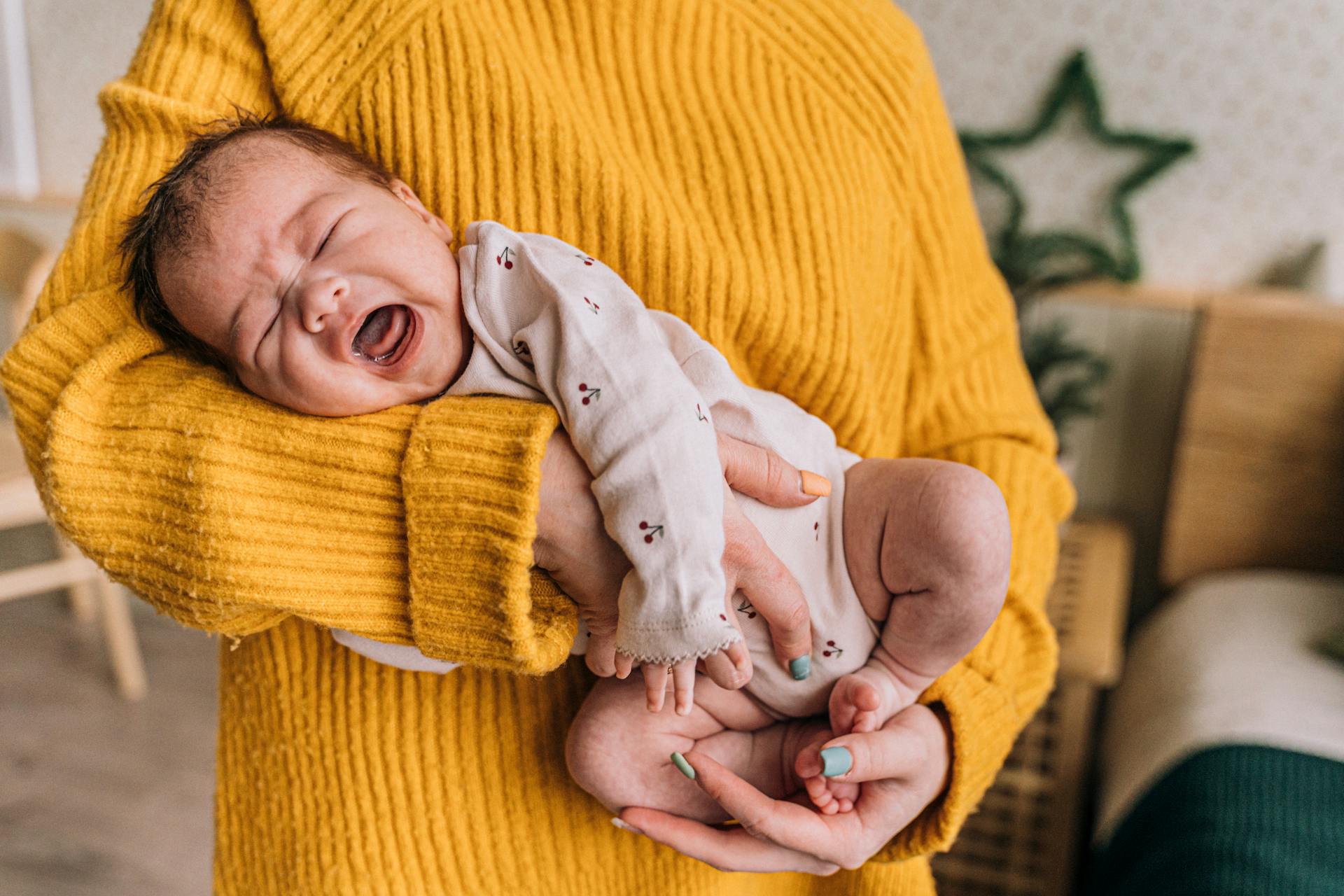If you’re a new parent, nothing is more adorable than your baby’s soft, delicate skin. So it can be a little alarming when you notice red or white bumps appearing on their cheeks, forehead, or chin. Don’t worry—you’re not alone. Many babies develop baby acne during the first few weeks of life, and the good news is: it’s completely normal and usually temporary.
In this article, we’ll walk you through everything you need to know about how to get rid of baby acne—including what causes it, how long it lasts, what to do (and not do), and when to consult a doctor. This guide is written with real medical insights but in a gentle, parent-friendly tone.
What Is Baby Acne?
Baby acne, also known as neonatal acne, is a common skin condition that affects up to 20% of newborns. It usually appears as small red or white bumps or pimples, mostly on the face—especially the cheeks, nose, and forehead. Sometimes it can also appear on the neck, upper back, or chest.
Key facts:
- Usually appears within the first 2 to 6 weeks of life.
- Often looks like tiny pimples or little red spots.
- Not itchy or painful for your baby.
- Typically goes away on its own.
It’s different from adolescent acne, as it’s not related to clogged pores or poor hygiene.
What Causes Baby Acne?
The exact cause of baby acne isn’t fully understood, but experts believe it is mostly due to hormones. During the final stages of pregnancy, a mother’s hormones pass to the baby through the placenta. These hormones can stimulate the baby’s sebaceous (oil) glands, causing acne-like breakouts.
Other possible contributing factors include:
- Immature pores and developing skin
- Inflammation from yeast on the skin (like Malassezia)
- Irritation from saliva, milk, or fabrics
- Sensitivity to skincare products or detergents
👶 Important: Baby acne is not caused by allergies, dirty skin, or poor hygiene. It’s a natural part of some babies’ development. According to the American Academy of Dermatology, baby acne is common and typically clears on its own without scarring.
How Long Does Baby Acne Last?
In most cases, baby acne resolves on its own within a few weeks to a few months without any treatment. Some babies have mild breakouts that clear up quickly, while others might have more noticeable spots that linger a bit longer.
Typical duration:
- Mild baby acne: Clears in 2–4 weeks.
- Moderate cases: May last up to 3 months.
If the acne persists longer than that, or if it gets worse, it may be a sign of a different skin condition (like eczema or infantile acne).
How to Get Rid of Baby Acne (Gently and Safely)
While baby acne usually doesn’t need treatment, there are things you can do at home to help your baby’s skin heal naturally and comfortably.
Here are the best tips for how to get rid of baby acne:
1. Keep Your Baby’s Skin Clean
Use plain, lukewarm water to gently wash your baby’s face once a day. You can also use a mild, fragrance-free baby cleanser (approved by pediatricians). Avoid scrubbing or using any harsh washcloths.
🧼 Do this:
- Gently pat the face dry with a soft towel.
- Wash hands before touching the baby’s face.
- If using a cleanser, rinse thoroughly to avoid irritation.
2. Avoid Lotions, Oils, and Adult Skincare Products
It’s tempting to apply creams or ointments to “fix” the acne, but many products can clog your baby’s sensitive pores or make things worse.
🚫 Avoid:
- Oily or greasy lotions
- Acne medications meant for adults
- Essential oils or scented creams
Stick to baby-safe products only if recommended by your pediatrician.
3. Dress Baby in Soft, Breathable Fabrics
Clothing can sometimes irritate baby acne, especially if it’s rough or traps heat. Dress your baby in soft, breathable cotton fabrics and avoid tight-fitting clothes that rub against the face or chest.
Also, wash all baby clothes, swaddles, and bedding in a fragrance-free, hypoallergenic detergent to reduce skin irritation.
4. Avoid Picking or Squeezing the Pimples
Even though it may be tempting, never try to pop or squeeze your baby’s acne. This can lead to infection, irritation, or even scarring.
Let the acne run its course, and remember—it bothers you more than your baby. You can learn more about proper infant skincare on HealthyChildren.org, a site backed by the American Academy of Pediatrics.
What Not to Do
Knowing what not to do is just as important as knowing what to do. Here are common mistakes parents make when trying to get rid of baby acne:
- ❌ Using over-the-counter acne treatments like benzoyl peroxide or salicylic acid (these are too harsh for baby skin)
- ❌ Applying breast milk without medical advice (this home remedy is popular online but lacks solid scientific evidence)
- ❌ Scrubbing the skin too hard
- ❌ Using adult soaps or face washes
Stick to gentle care and patience—most baby acne disappears with time and basic hygiene.
When to See a Doctor
Baby acne is usually nothing to worry about, but there are cases when you should check in with your pediatrician or a dermatologist.
Call your doctor if:
- The acne gets worse instead of better after a few weeks.
- Your baby develops yellow, crusty, or weeping lesions (could indicate an infection or eczema).
- The breakouts spread widely beyond the face.
- Your baby seems in pain or extremely fussy when touched.
- You’re not sure if it’s baby acne or another condition like eczema, milia, or heat rash.
💬 A quick visit can offer reassurance, and your doctor might suggest a mild topical cream if necessary.
Other Skin Conditions That Look Like Baby Acne
Because baby skin is sensitive, it’s common for new parents to confuse baby acne with other newborn skin conditions. If you’re unsure, it’s always best to check with a healthcare provider. If you suspect your baby has dry, red patches instead of acne, it may be eczema—learn more from the National Eczema Association. Here’s how to tell the difference:
✅ Baby Acne
- Red or white pimples on the face
- Appears around 2–6 weeks old
- Not itchy or painful
❌ Milia
- Tiny white bumps on the nose or cheeks
- Caused by blocked pores
- Present from birth
❌ Eczema
- Red, dry, itchy patches
- Often on cheeks, scalp, or joints
- May need moisturizing or prescription creams
❌ Heat Rash
- Tiny red dots or blisters
- Appears in hot weather or from overheating
- Common on neck, back, and folds
If you’re unsure, it’s always best to check with a healthcare provider.
Natural Remedies: Are They Safe?
You may have heard of using breast milk, coconut oil, or witch hazel as remedies for baby acne. While some parents swear by these natural treatments, it’s important to be cautious.
- Breast milk: Some small studies and anecdotal reports suggest antibacterial properties, but results vary.
- Coconut oil: Might soothe irritation, but it can also clog pores for some babies.
- Witch hazel: Not recommended for newborns unless approved by a doctor.
👶 Bottom line: If you want to try a natural remedy, talk to your pediatrician first to make sure it’s safe.
How to Support Your Baby’s Skin Long-Term
Even after baby acne clears up, it’s important to protect your child’s delicate skin.
Long-term skin care tips:
- Use mild baby cleansers with no harsh chemicals.
- Moisturize with fragrance-free baby lotion if skin gets dry.
- Keep baby out of direct sun—use hats or shade instead of sunscreen under 6 months.
- Avoid using adult skincare products unless directed by your doctor.
Your baby’s skin is developing and adapting. With gentle care and patience, it will get stronger and clearer with time.
Final Thoughts
If you’re feeling stressed about your baby’s skin, know that you’re not alone. Baby acne is incredibly common, totally normal, and usually clears up on its own. While it may not be the picture-perfect baby face you imagined, it’s nothing to worry about.
The best approach to how to get rid of baby acne is simply to keep your baby’s skin clean, avoid harsh products, and be patient. In a few weeks, you’ll likely see smooth, healthy skin return—and a happy baby who never even noticed the fuss.
Parenthood comes with many little surprises, and baby acne is just one of them. You’ve got this. 💛
Quick Recap: How to Get Rid of Baby Acne
| Do’s | Don’ts |
|---|---|
| Gently wash with warm water | Don’t scrub or use harsh cloths |
| Use fragrance-free cleansers | Don’t apply acne treatments for adults |
| Dress baby in soft clothes | Don’t use oily or scented lotions |
| Pat skin dry after washing | Don’t squeeze or pick at pimples |
| Ask your pediatrician if unsure | Don’t rely on home remedies blindly |

